Record Renewable Energy Budget for Next Year, Supply Stabilization Emerges as Key Challenge Amid ‘Energy Transition’ Drive
Input
Changed
Ministry of Industry allocates $9.6 billion renewable energy budget for next year Limitations of renewables highlighted amid surging AI-driven power demand Grid expansion and storage facilities cited as critical infrastructure imperatives

The government has allocated a record-high renewable energy budget for next year, accelerating the nation’s energy transition agenda. The nuclear budget, meanwhile, saw only a modest increase, largely focused on research and development (R&D) of small modular reactors (SMRs). Yet, with electricity consumption set to surge in the age of artificial intelligence (AI), experts caution that reliance on renewables alone will not suffice to achieve carbon neutrality. Analysts stress that alongside scaling up renewable capacity, parallel investments in transmission grid upgrades and energy storage facilities will be indispensable to secure supply stability and maximize policy effectiveness.
Lee Administration Earmarks $36.5 Billion Including Supplementary Budget
According to the energy industry on the 2nd, the Ministry of Trade, Industry and Energy’s 2026 budget proposal unveiled the previous day allocates $9.6 billion to renewables, a 42% increase from this year’s $6.8 billion. Earlier, the Lee Jae-myung administration’s National Planning Committee had identified an energy transition centered on renewables as a core pillar of its technology-led growth vision. The ministry stated, “Following the $860 million supplementary budget allocated in July, next year’s dramatic increase will spur facility investment and advanced R&D in renewables.”
A total of $6.4 billion will be injected into renewable financing and deployment support programs. In particular, funding for key policy initiatives such as RE100 industrial complexes, agrivoltaics, and solar and wind pensions will double year-on-year to a record $4.8 billion. Investment in technology development will also be intensified. The government has earmarked a record $2.5 billion for core renewable R&D, targeting next-generation breakthroughs such as ultra-high-efficiency tandem solar cells and 20-megawatt-class wind turbine blades.
In contrast, the nuclear budget will rise only 6.2% to $3.9 billion, with most of the increase funneled into SMR development rather than large reactors. Given that no nuclear-related funding was included in the second supplementary budget this year, the renewable budget will grow by $3.6 billion compared to a mere $230 million increase for nuclear. With major issues looming from next year — including site selection for high-level waste disposal facilities and new reactor construction — further nuclear allocations are likely to be required.
Big Tech Races to Secure Renewable Supply
Concerns persist that, amid explosive AI-driven demand, renewables without nuclear support will prove insufficient. According to the IT industry, Google’s carbon emissions in 2023 were 51% higher than in 2019. Microsoft’s emissions were up 23.4% from 2020, while UN data show Amazon and Meta posted increases of 182% and 145% respectively over the same period.
AI is the principal driver of these increases. Generative AI requires massive data processing, consuming vast amounts of electricity. OpenAI’s ChatGPT, for instance, requires tens of thousands of GPUs for training, with usage also incurring significant consumption. A single ChatGPT query consumes roughly five times the power of a typical web search. The International Energy Agency (IEA) projects global AI data center electricity demand will more than double within five years.
The problem is that most data centers remain reliant on fossil-fuel-powered grids, making AI adoption a direct contributor to emissions growth. Goldman Sachs estimates the social cost of data center carbon emissions could reach $125–140 billion by 2028. In fact, in major grids across the U.S. Midwest and East, soaring AI demand coupled with delays in new power plant construction have driven supply costs to record highs. In Washington, D.C., procurement prices were set at $329.17 per megawatt, up 22% from the prior year.
For Big Tech, both AI competitiveness and carbon neutrality are non-negotiable. Falling behind in AI risks forfeiting future markets, while abandoning carbon pledges invites regulatory penalties. Consequently, firms are racing to cover incremental demand with renewables. Google recently signed a $3 billion deal with Brookfield to secure hydroelectric power, the largest such contract ever. Meta has committed $900 million to a Texas solar farm to guarantee long-term renewable supply.
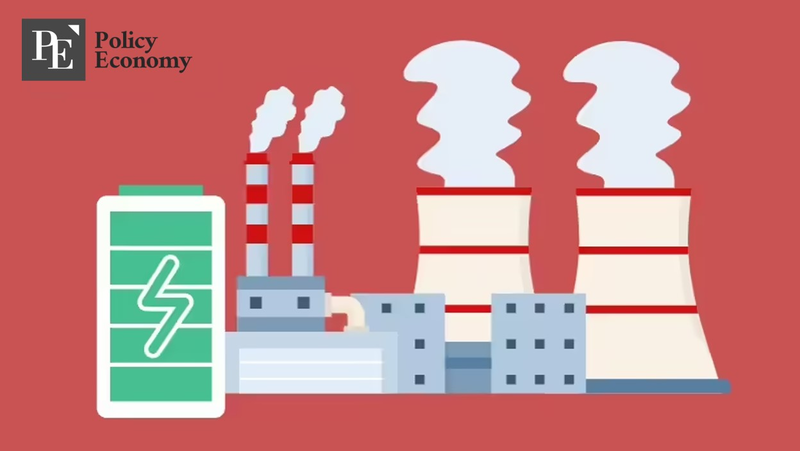
Germany’s Nuclear Exit Triggers Energy Vulnerability
Still, scaling renewables is anything but simple. Grid expansion remains the most formidable bottleneck. In Korea, the principal constraint is not generation but transmission capacity. Since the 2008 Miryang transmission tower conflict, grid construction has faced repeated delays, compounded by chronic underinvestment, resulting in systemic bottlenecks. Funding shortfalls exacerbate the challenge: normalizing the grid is estimated to require more than $77 billion, but the state-run utility’s mounting deficits make such investments difficult.
Expansion of renewables will only magnify grid financing needs. To harness solar and wind effectively, both siting and transmission hurdles must be resolved. At present, no transmission lines connect provincial solar farms to the Seoul metropolitan area. Massive capital is also required for storage infrastructure capable of stabilizing intermittent output. Systems capable of storing over 70% of generation capacity for dispatch when needed would be indispensable, but without timely grid expansion, renewable growth and carbon neutrality targets will remain elusive.
Lessons can be drawn from nuclear phase-out countries. Once an industrial powerhouse, Germany has recently been branded “the sick man of Europe” as soaring energy costs cripple its competitiveness. In April 2023, the country shut down its last three reactors, but the result was heightened reliance on imports and upward pressure on neighboring countries’ power bills. Germany’s excess power imports last year alone equaled the annual consumption of 5.93 million households. Ironically, its biggest supplier, France, generates 70% of its electricity from nuclear.

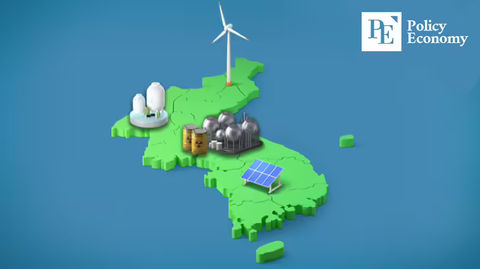
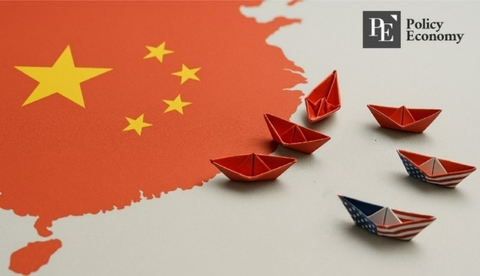


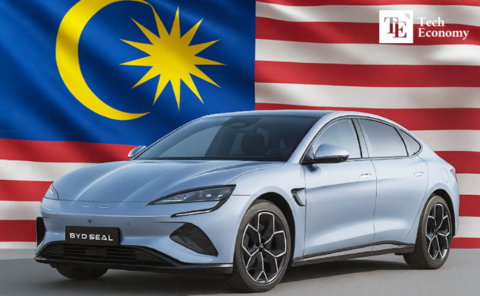



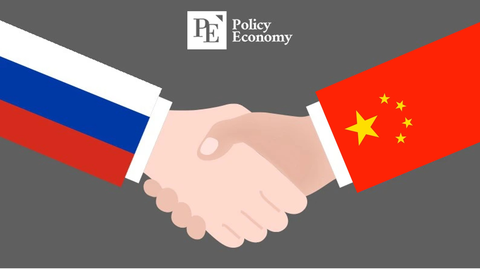












Comment